Is there anything more liberating than the sight of a horse running free? Perhaps that’s why so many of us are fascinated by wild horses.
But where do they come from? What different breeds exist? And where can you see them in their natural habitats?
We’re going to answer all these questions as we look at 10 wild horses from around the world. So get ready to find out more about these wonderful animals …
1. Przewalski’s Horse
Of all the horses on our list, Przewalski’s is generally accepted as the only truly remaining wild breed. Other horses that live wild today are descendants of domesticated animals.
Also known as the Takhi, Dzungarian or Mongolian Wild Horse, the breed is found in the Gobi desert and central Asia. There is some controversy over whether it may have been briefly domesticated by the ancient Botai people in the region.
Either way, today’s Przewalski’s Horse is believed to have largely the same genetic composition as its ancient ancestors. It is short, standing on average between 12 and 14 hands, with a stocky build. Its coat is usually dun with a dark brown area around the mane, and paler areas on the flanks, belly and muzzle.
Przewalkski’s eat a variety of plants, and their behavior is similar to that of feral horses. Mares often lead their families, whilst stallions herd and defend them.
Once on the verge of extinction, breeding and reintroduction programs have seen the population begin to recover. These programs continue to this day, giving hope for the future of this fascinating breed.
2. Mustang
The iconic Mustang is found roaming free across the western states of the USA. Although commonly considered “wild”, it is descended from domesticated horses brought to the country by Spanish conquistadors.
Today’s Mustang has a wide range of different body types, and all colors of coats. Different herds have different genetic compositions. As well as Spanish ancestry, DNA testing has revealed Mustangs with draft horse, pony, gaited horse, and even Thoroughbred heritage.
Mustangs typically stand between 14 and 15 hands, and don’t usually exceed 16 hands.
Today, the Bureau of Land Management works to manage Mustang herds. As of 2017, there were over 70,000 Mustangs on ranges, with over half the free-roaming population living in Nevada.
3. Sorraia
The Sorraia is thought to descend from the wild horses who once lived on the Iberian Peninsula in Portugal. Their name comes from the Sorraia river in the region. Once threatened with extinction, today conservationists are working to preserve and re-establish the breed.
Sorraias are small but resilient horses. They typically stand between 14.1 and 14.3 hands, but can be as small as 12.3 hands. They have a relatively large head, convex profile, slender neck and long ears.
Their coats are usually dun or grullo. Their tails and manes are lighter at the edges and darker in the middle. Their muzzles are dark, and they sometimes have white markings. And the way the hair of new-born foals lies can give it the appearance of stripes.
You’ll find most Sorraias today still living in their native Portugal. There are also smaller numbers in Germany.
4. Konik
The Konik, also known as the Polish Primitive Horse, lives semi-feral in parts of Poland. Their ancestors were the sturdy horses found in the region of Bilgoraj. Some believe they are the result of breeding between draft horses and wild horses sold by zoos to farmers.
They are strong, stocky animals, with a small head, straight profile, deep chest and thick mane. Their coats are most usually blue dun, and they stand between 12.3 and 13.3 hands.
During the First World War, Koniks were used extensively by the Russian and German armies for transporting arms and equipment.
Today, they live on a number of reserves across Poland, and in other countries including the Netherlands, the UK, Latvia, Spain and Belarus. More Koniks are being released into the wild as part of rewilding initiatives across Europe.
5. Namib Desert Horse
The Namib Desert Horse is the only breed living wild on the whole of the African continent. As you’d guess from the name, it lives in the harsh environment of Namibia’s Namib desert. Numbers are very low, ranging between just 90 and 150 horses.
It’s an elegant animal, with a similar appearance to the European riding horses from which it’s believed to be descended. But how did such a horse end up in the Namib desert?
It’s thought to be a result of horses being released from camps and farms in the country during the First World War. The horses are thought to have come largely from German breeding programs.
They then congregated in the Garub Plains, where they could find water. Their traditional grazing land is now part of the Namib-Naukluft national park. The twin problems of drought and predation from hyenas, however, means the population is under threat.
6. Brumby
Brumbies are Australia’s answer to the Mustang, and are another free-roaming feral horse. They’re best known as inhabitants of the region known as the Australian Alps in the south-east. There are also large populations in Queensland and the Northern Territory.
Like the Mustang, Brumbies are the descendants of domesticated horses escaped from European settlers. From time to time, they are rounded up and used as stock horses, trail horses and for shows.
Views on the horses are mixed. To some, they are a pest that threatens the delicate balance of indigenous ecosystems. To others, they are a treasured part of Australian history and culture.
In years where there are no droughts, Brumbies can thrive. Today, there are around 400,000 of the horses across Australia.
7. Chincoteague Pony
Chincoteague ponies live on the Assateague Islands in the states of Virginia and Maryland. Their location also gives rise to their alternative name, the Assateague pony.
Their origins are lost in the midst of time, but there are several theories. One is that they are descendants of horses from a wrecked Spanish galleon. Others believe that their ancestors were horses released in the 17th century by those looking to escape taxes on livestock.
The ponies are small and sturdy, with an average height of between 12 and 13 hands. They have shaggy manes and tails, short legs and rounded bellies.
The latter is a result of their diet of island grass, which is high in salt. This means the ponies have to drink about twice as much water as they would otherwise, producing their rounded tums.
About 230 ponies live on Assateague. About 80 of these are on the Maryland side of the island, with about 150 across the fence in Virginia. And around 1,000 ponies now live outside the island, having been bought by private breeders.
8. Nokota
The Nokota horse lives in the dry terrain of North Dakota in the USA. They are descended from Native American horses bred with Spanish horses, Thoroughbreds and other breeds.
A culling program designed to preserve grazing for livestock almost saw them become extinct. Fortunately, in the 1940s, a few Nokotas were inside the area partitioned for the Theodore Roosevelt National Park. The protected area allowed the breed to survive.
Today, there are two types of Nokota – the smaller “traditional” Nokota, and the “ranch-type”, which more closely resemble Quarter Horses. Park managers maintain herd levels at between 70 and 110, with horses above this number periodically mustered and sold.
9. Welsh Pony
Wales was home to its own native ponies from before the 17th century. The exact origins of the Welsh pony are unclear, but the breed has been influenced by Thoroughbreds, Arabians and Hackney horses.
There are actually four different types of Welsh pony. The Welsh Cob is the tallest, and the Welsh Mountain Pony the smallest. The Welsh pony of riding type is a favorite mount for children. And the Welsh pony of cob type is a popular choice for competitive driving and riding.
All Welsh ponies share small heads, big eyes, sloping shoulders and strong quarters. They can stand anything between 11 and 16 hands. Their coats can be any solid color, and there are also a range of patterns, including palominos and buckskins.
10. Dartmoor Pony
The county of Devon in England is home to the Dartmoor pony. The breed has been found there for hundreds of years, and has developed to cope with the harsh moorland conditions.
These help to explain the ponies’ diminutive height. They stand between 11.1 and 12.2 hands on average, and do not exceed 13 hands. They have small heads, large eyes, strong, compact bodies and full manes and tails.
There are around 300 registered ponies grazing on Dartmoor. With its close relative, the Dartmoor Hill Pony, there are a total of around 800 ponies on the moor. They can also be found in other parts of the world, including other parts of Europe, Australia, New Zealand and the USA.
We love wild horses!
We hope you’ve enjoyed our look at 10 wild horses from around the world. These beautiful animals come in many different shapes and sizes. And sadly, many breeds are now endangered.
The good news is that national parks and rewilding programs are working to protect their future. If you want to find out more, or get involved yourself, why not contact a park or breed association?
You may be able to play a part in preserving these wonderful horses for the next generation.
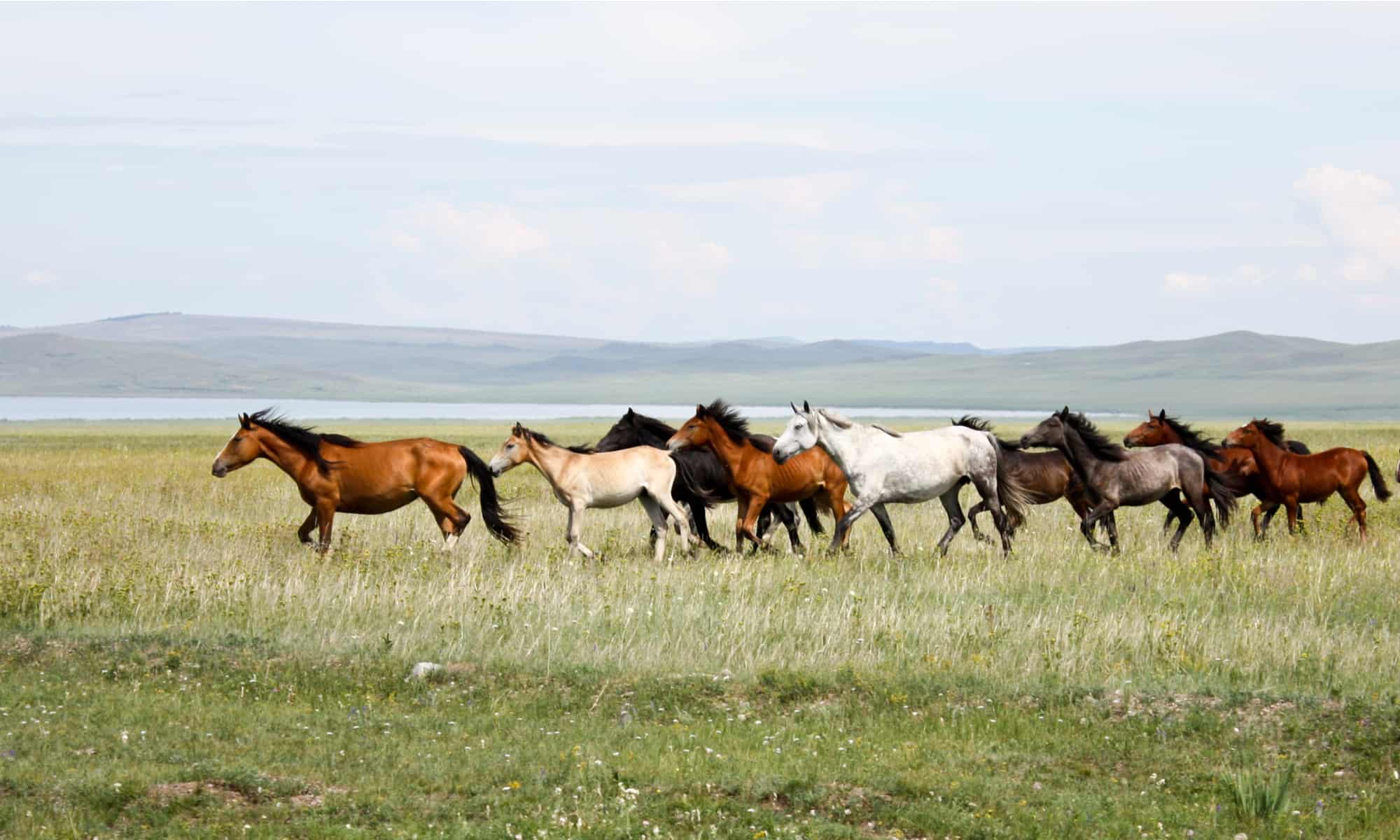
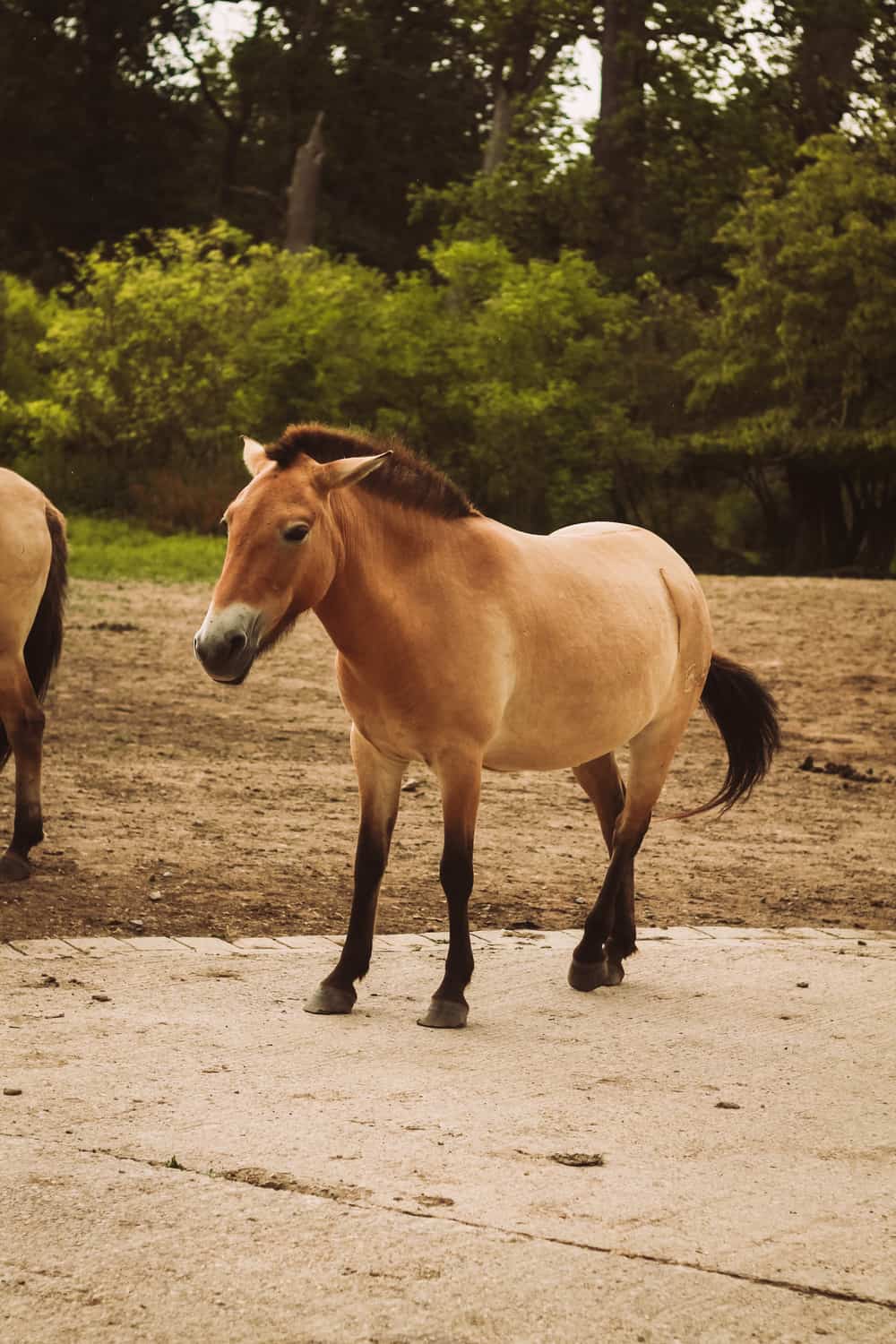
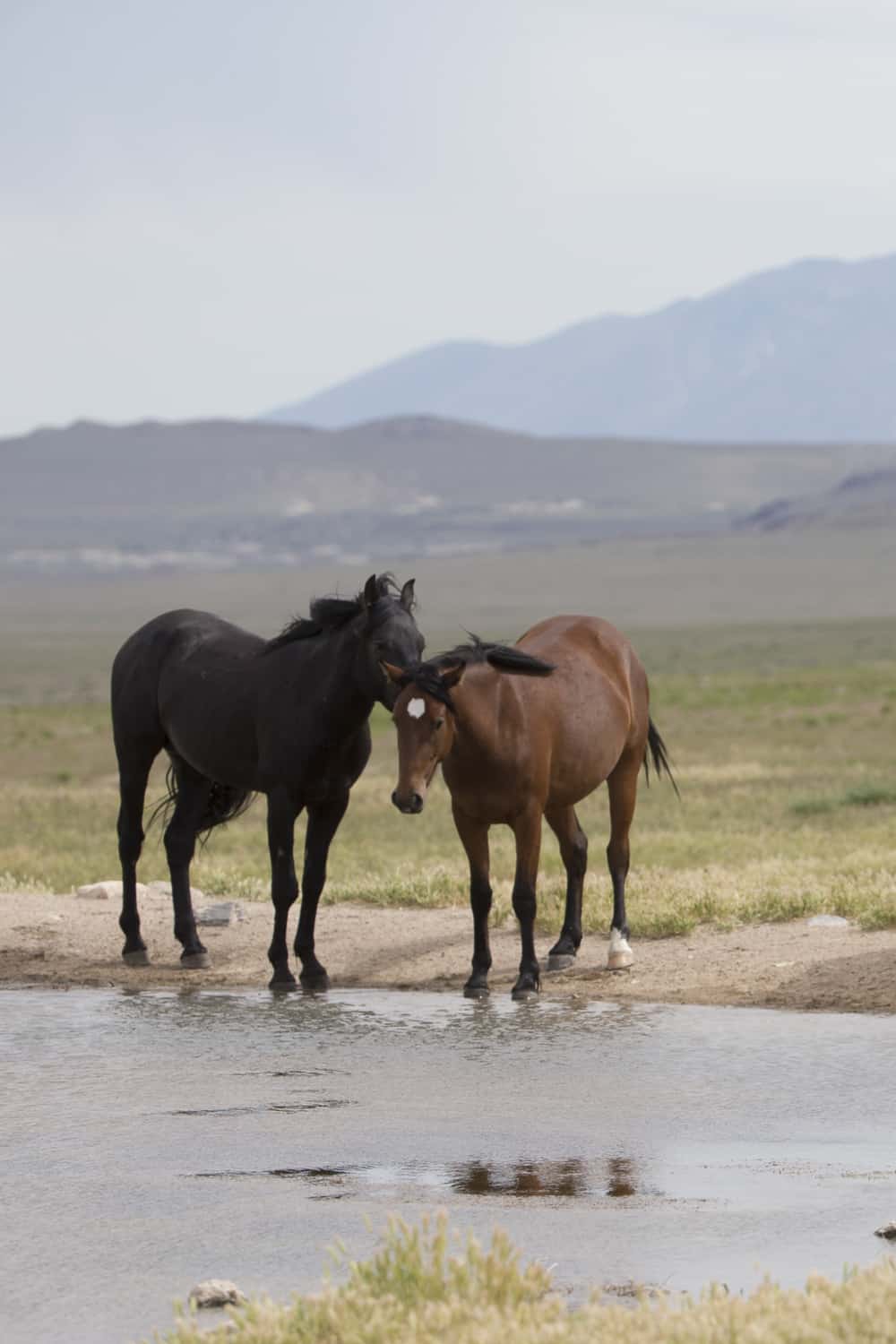
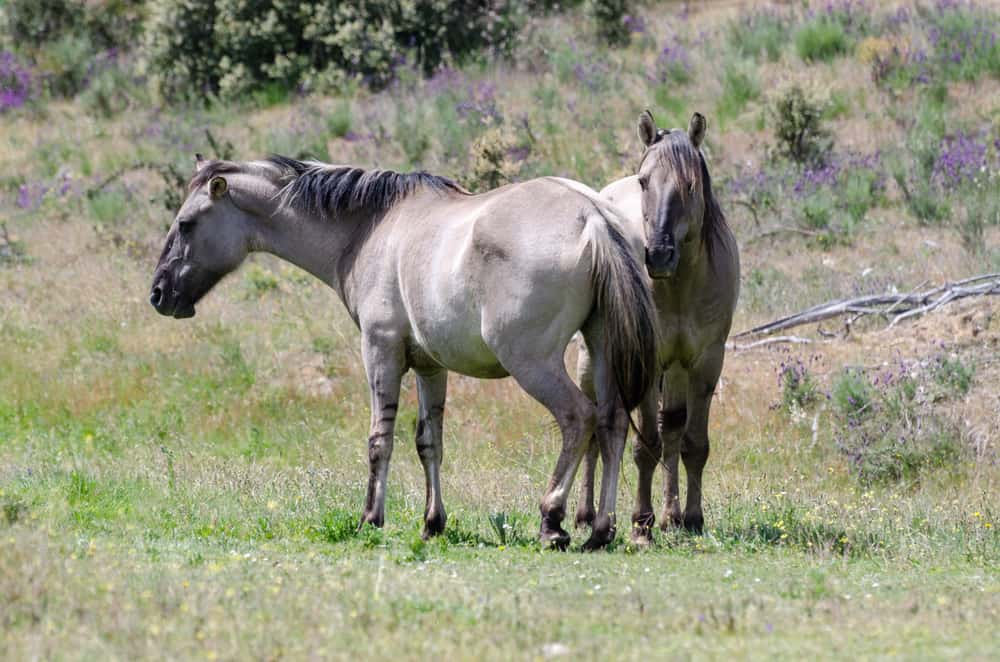
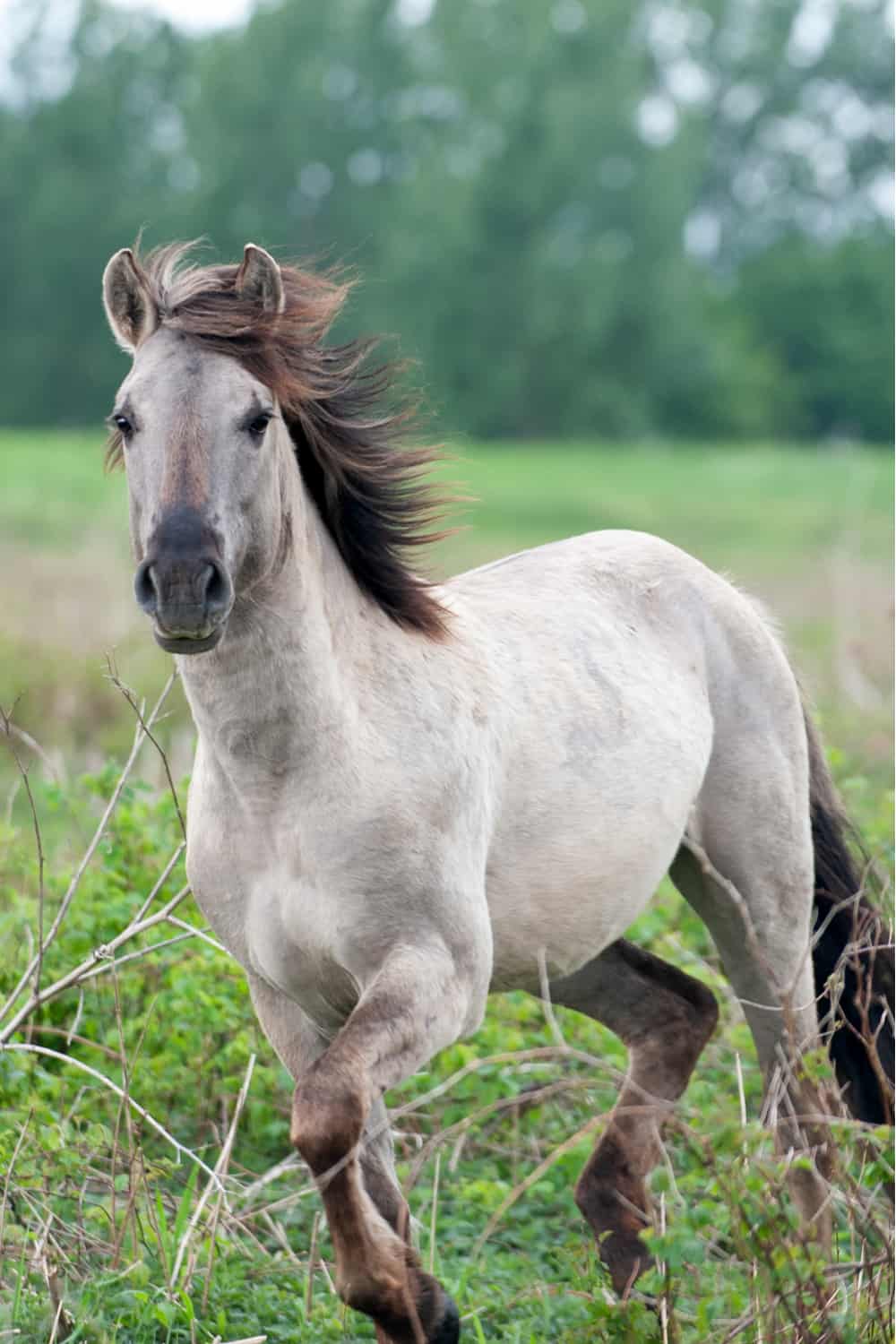
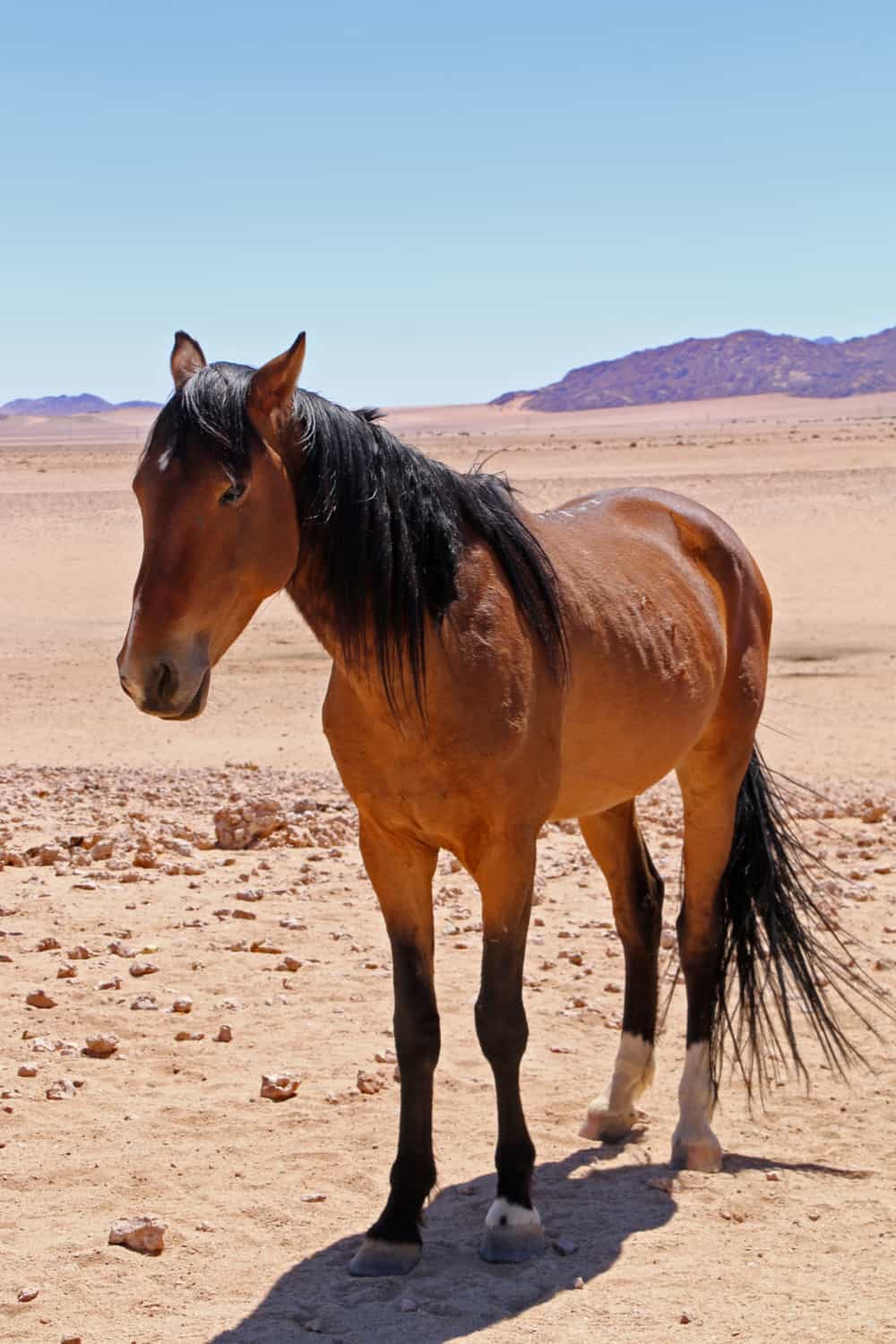
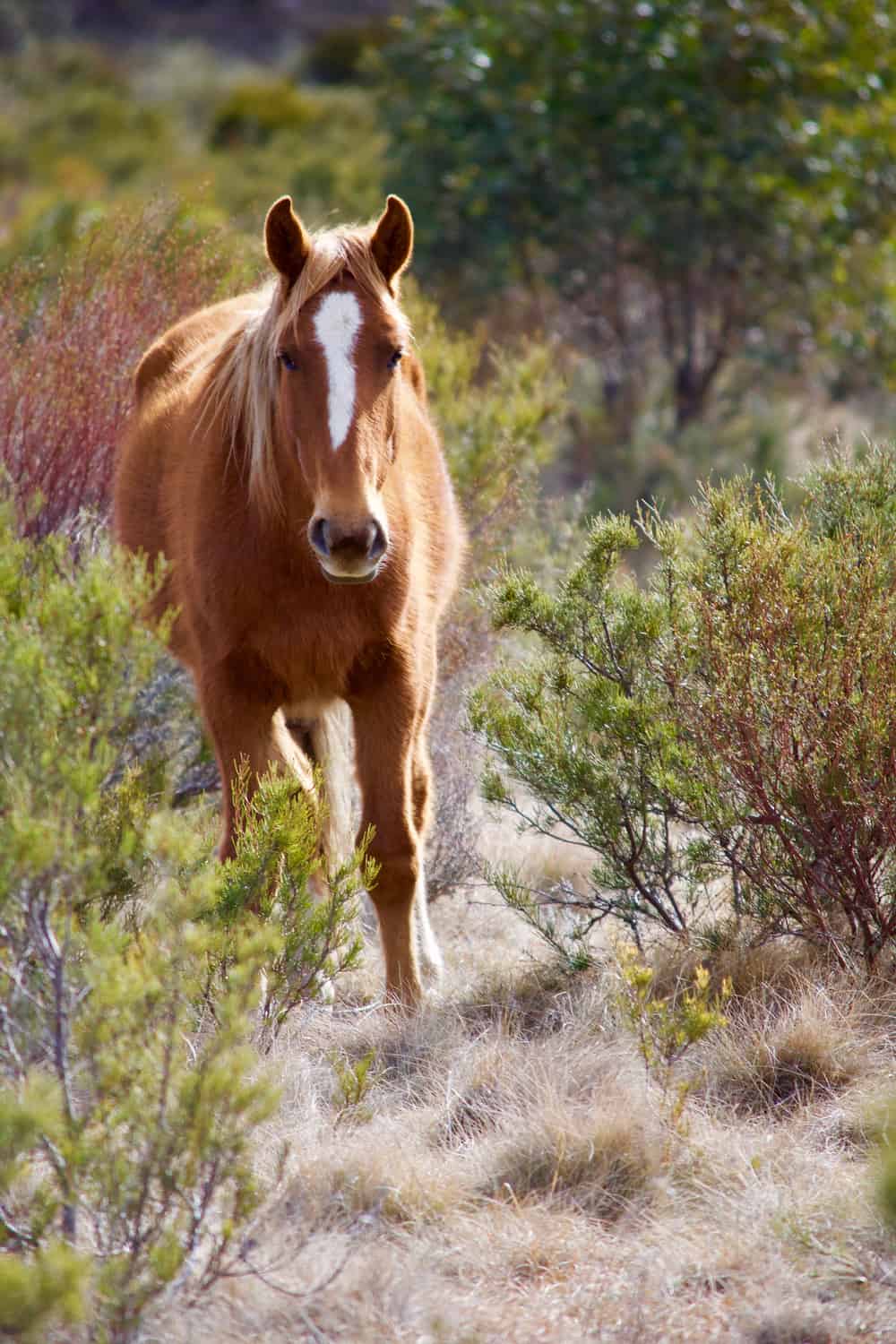
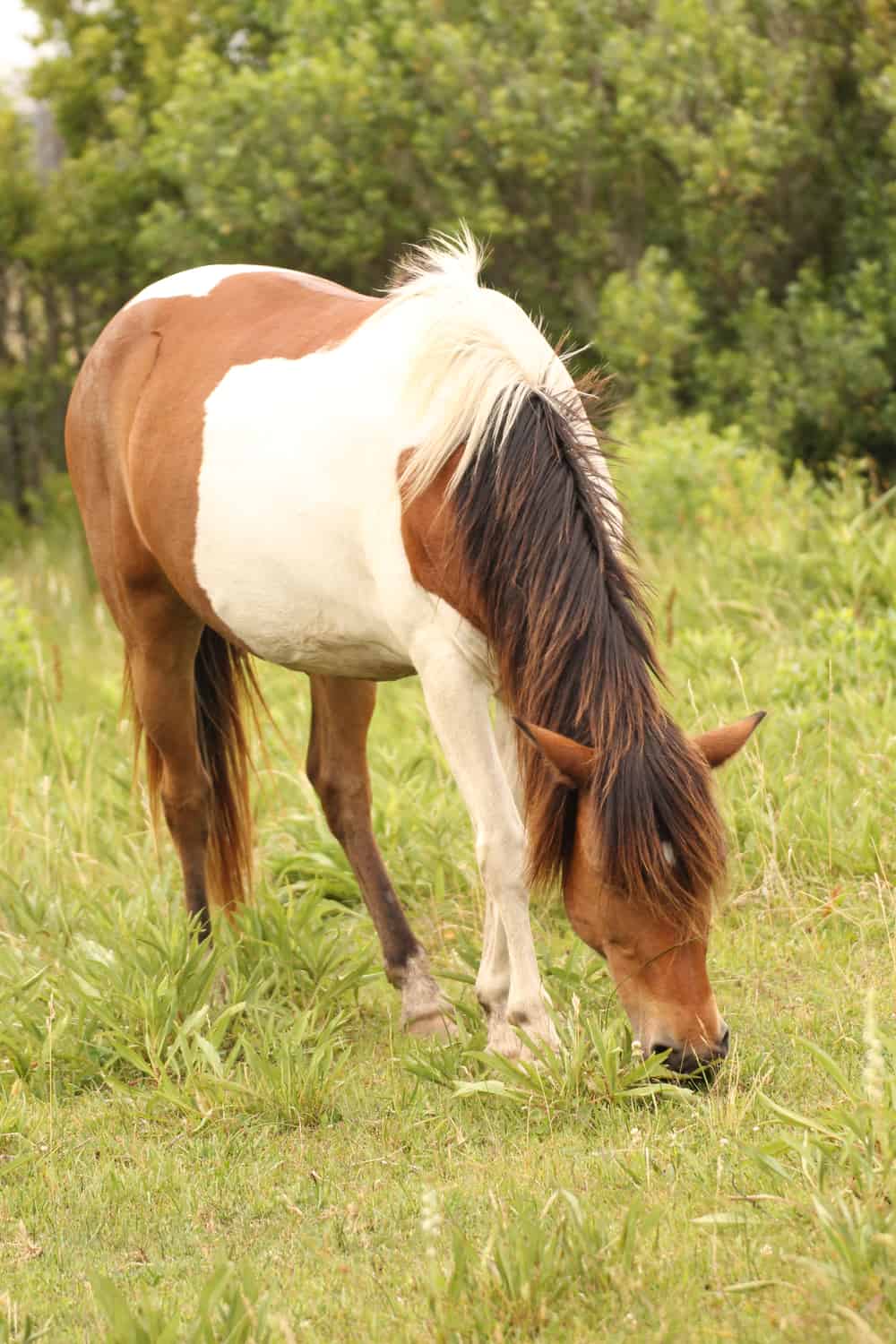
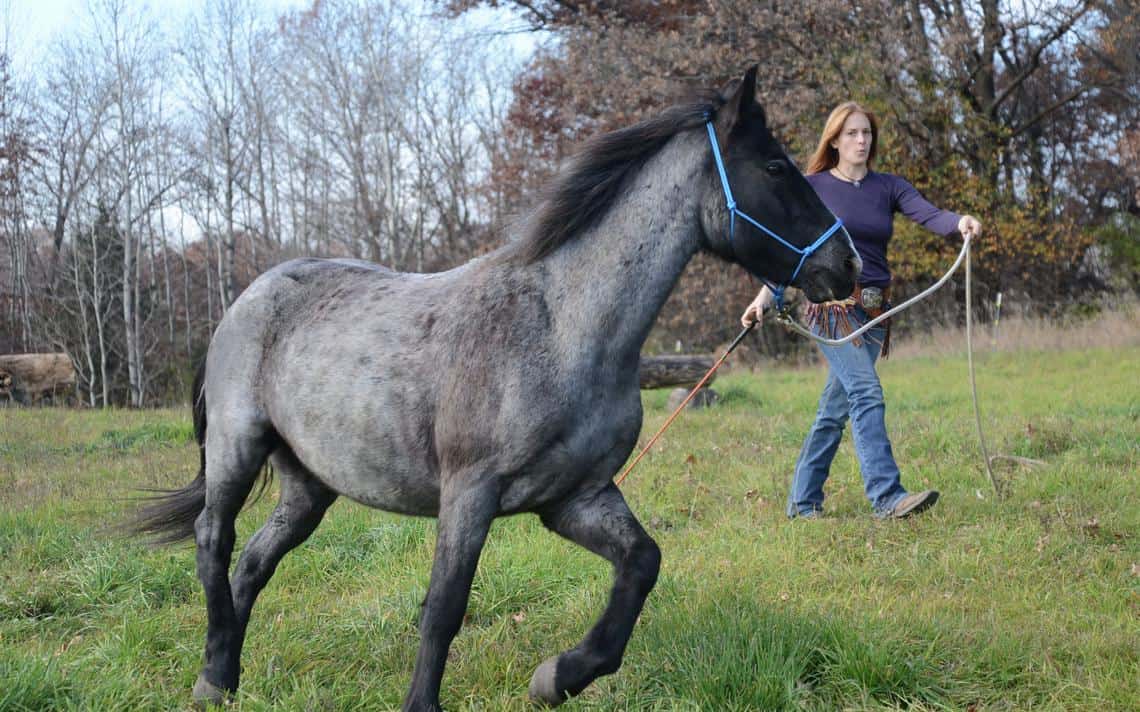
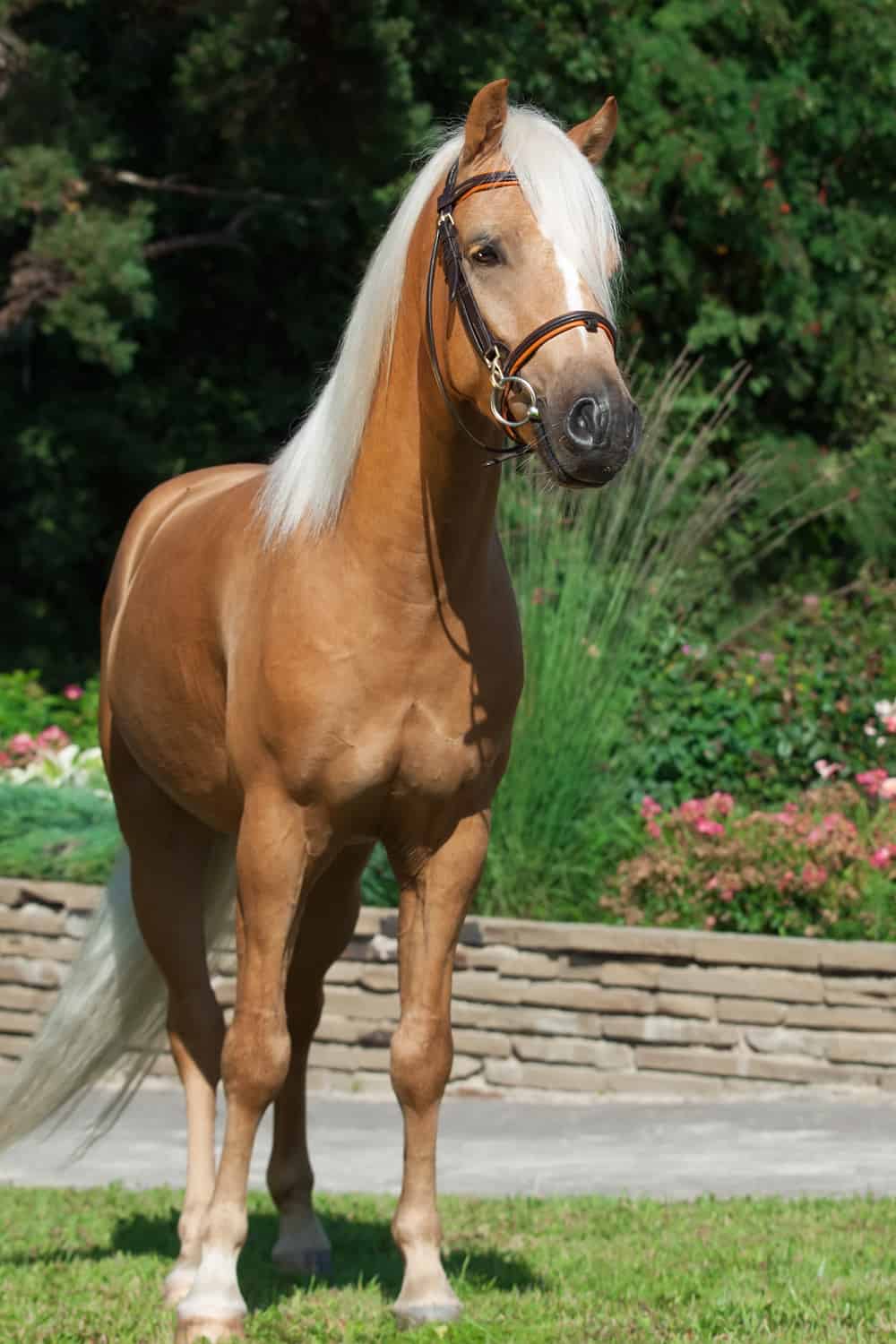
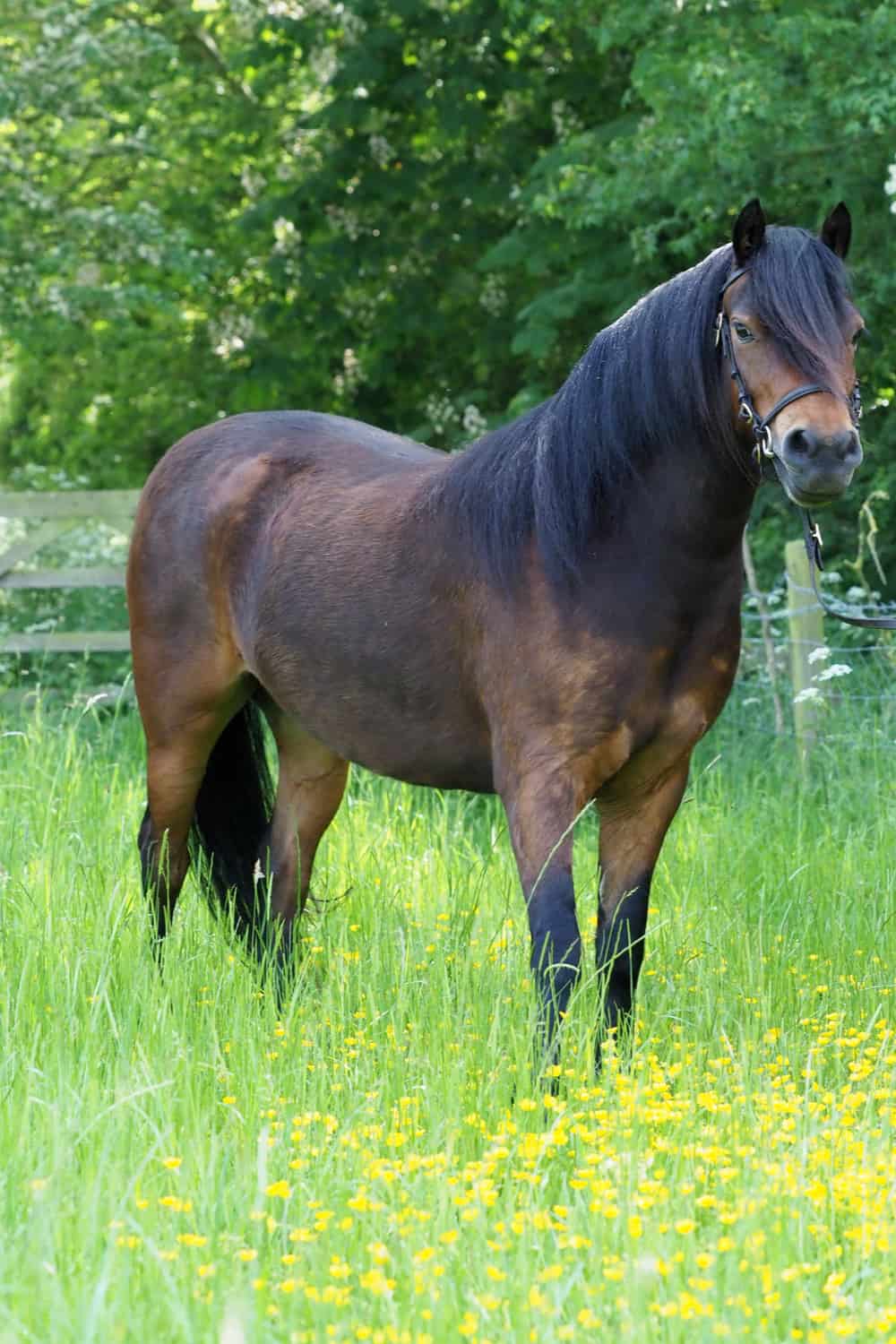








Any information about Icelandic Pony?
I wish there is more informations.